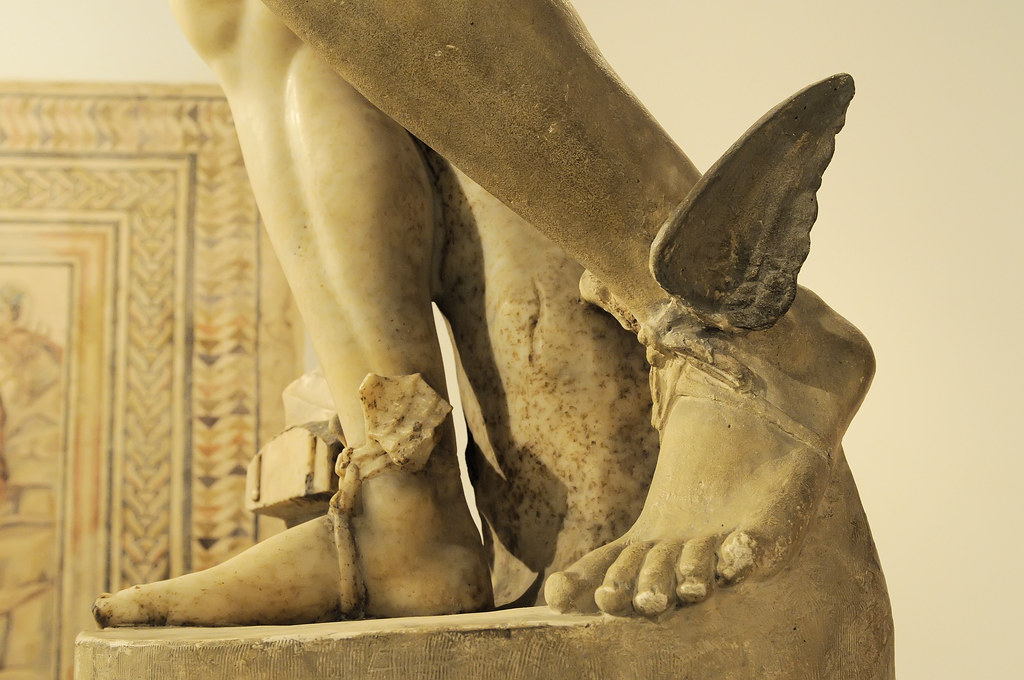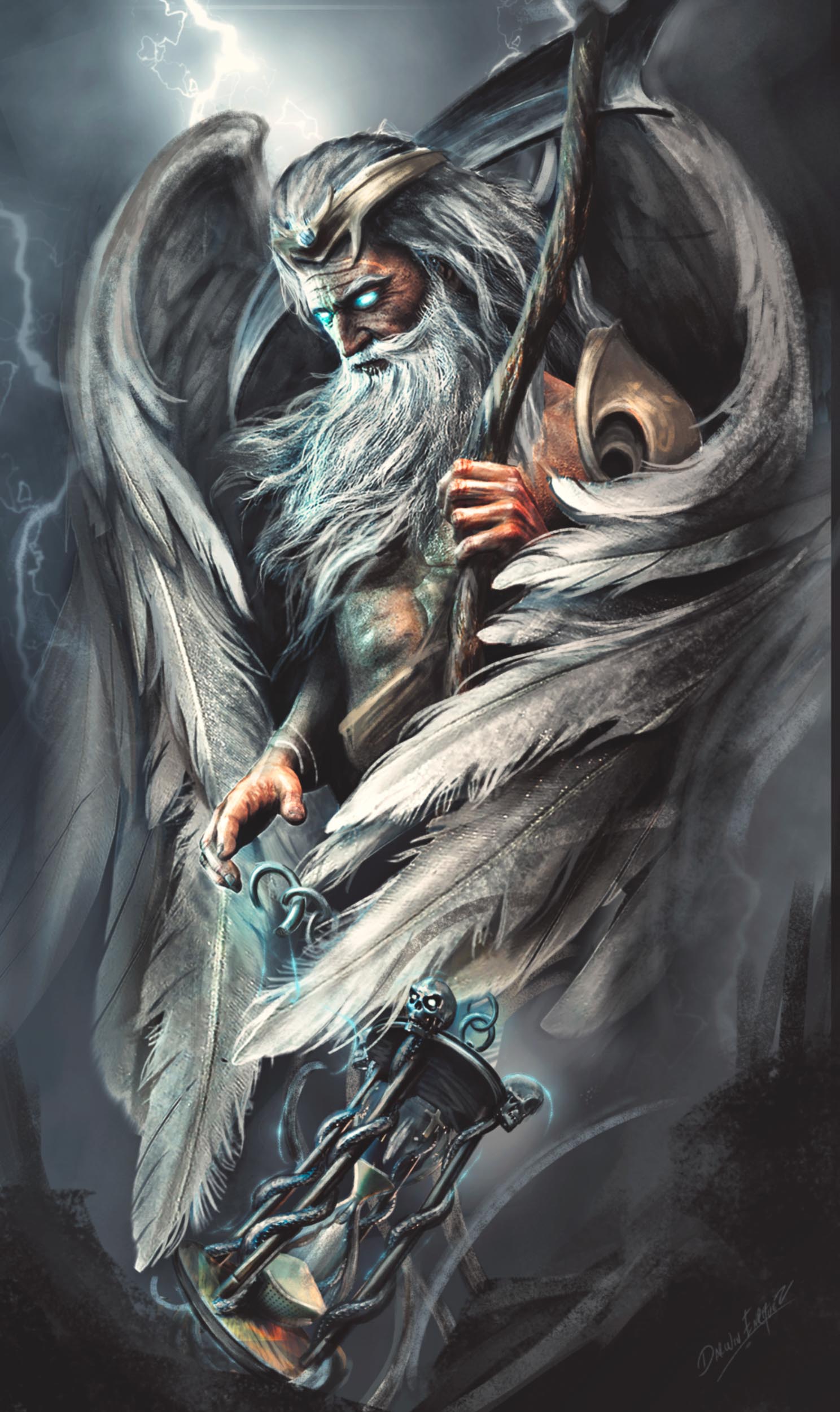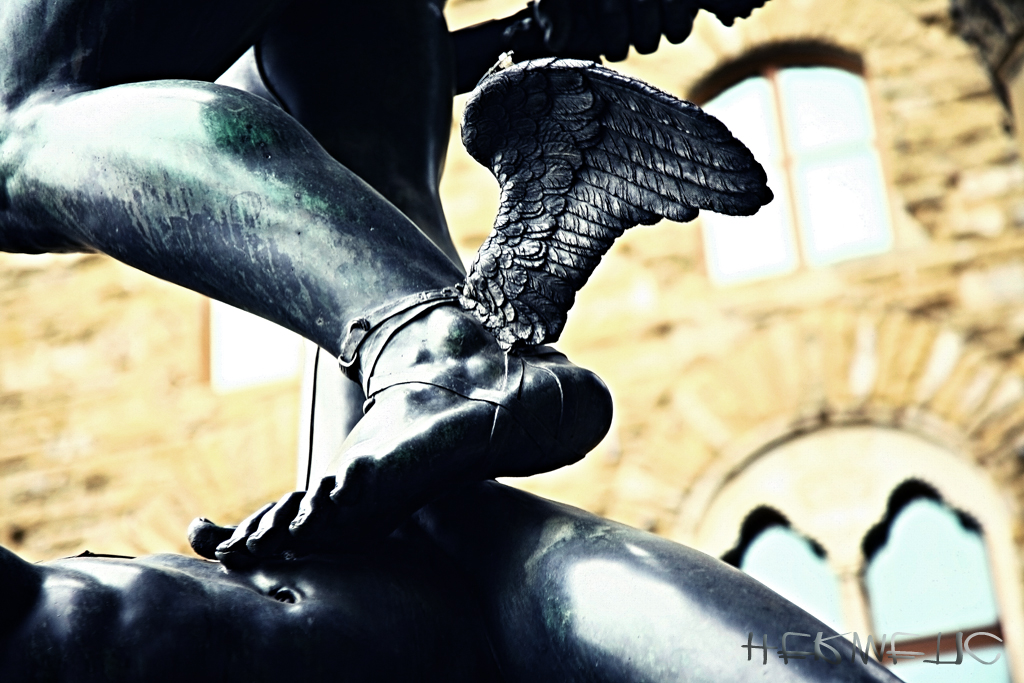
Greek Men, Greek Gods, Hades Costume, Greek God Costume, Anime Face
Overview. Griffins were mythical creatures with the head and wings of an eagle and the body of a lion. They probably originated in Near Eastern art and mythology, though they arrived in Greece at a very early period. According to the Greeks, the Griffins lived at the very edge of the world, where they hoarded gold and battled the legendary race.

Winged Feet Museo Arqueológico, Sevilla. See where this pi… Flickr
Hermes began as a god with strong chthonic, or underworld, associations. He was a psychopomp, leader of souls along the road between "the Under and the Upper world". This function gradually expanded to encompass roads in general, and from there to boundaries, travelers, sailors, commerce, [22] and travel itself.

Pin on Art
In Greek mythology, Caerus / ˈ s ɪər ə s, ˈ s iː r ə s / (Greek: Καιρός, Kairos, the same as kairos) was the personification of opportunity, luck and favorable moments.He was shown with only one lock of hair. His Roman equivalent was Occasio or Tempus. Caerus was the youngest son of Zeus.Caerus and Tyche became lovers after Caerus neglected to overthrow his father as everyone.

Greek God With Wings On Feet Illustrations, RoyaltyFree Vector
Caerus was the ancient Greek god or personified spirit (daimon) of opportunity and the youngest of the divine sons of Zeus.. (Opportunity) as faithfully portrayed in the statue: the wings on his feet, he told us, suggested his swiftness, and that, borne by the seasons, he goes rolling on through all eternity; and as to his youthful beauty.

"Zyzz greek god pose with wings " Poster for Sale by
In Greek mythology, talaria (from Latin: talaria, neuter plural of talaris, meaning "of the ankle"), winged heel-straps or sandals are one of the attributes of Hermes. " [Hermes] tied under his feet his divine sandals, which embroidered with beautiful gold, carry him over the waves and the boundless earth, fast as the wind." However, the wings.

Details about Ancient Greek Mythology Wings of Fury Pegasus Steed Horse
Callistratus described a statue of the Caerus Greek god, made by Lysippos, which seemed alive. The god was represented as a young man who had winged feet and was standing on tiptoe on a sphere. He had tresses on his forehead, but the back of the head had very short hair. The statue seemed to be really blushing and the god seemed to float in the.

winged chariot Google Search Greek art, Apollo greek, Mythology
He is often depicted with winged sandals, which allow him to move quickly. 2. Nike. The goddess of victory. She is often depicted with wings on her back and holding a wreath or palm branch. 3. Eros. The god of love and desire. He is sometimes depicted with wings on his back, which represent the fleeting nature of love.

Vintage Winged Feet Roman/Greek Mythological Gods Hermes or Etsy in
In Greek mythology and ancient religion, Nike (/ ˈ n aɪ k i / ⓘ; Ancient Greek: Νίκη, romanized: Nike, lit. 'victory'; pronounced [nǐː.kɛː], modern:) is the goddess who personifies victory in any field including art, music, war, and athletics. She is often portrayed in Greek art as Winged Victory in the motion of flight; however, she can also appear without wings as "Wingless.

"Zyzz greek god pose with wings " Poster for Sale by
A 19th-century engraving of talaria. The Talaria of Mercury (Latin: tālāria) or The Winged Sandals of Hermes (Ancient Greek: πτηνοπέδῑλος, ptēnopédilos or πτερόεντα πέδιλα, pteróenta pédila) are winged sandals, a symbol of the Greek messenger god Hermes (Roman equivalent Mercury).They were said to be made by the god Hephaestus of imperishable gold and they.

A list of my best Greek Mythology Tattoo designs Darwin Enriquez
Hermes (Mercury) Hermes was the swift-footed messenger, and trusted ambassador of all the gods, and conductor of shades to Hades. He presided over the rearing and education of the young, and encouraged gymnastic exercises and athletic pursuits, for which reason, all gymnasiums and wrestling schools throughout Greece were adorned with his.

"Zyzz greek god pose with wings" Poster by bodyimprove Redbubble
Greek mythology is a treasure trove of fascinating tales and captivating characters, each with their own unique attributes and stories. One such enigmatic figure is Hermes, the divine messenger of the gods, known for his unparalleled swiftness, cunning intellect, and distinctive feature - god with wings on his feet. In this exploration of Greek mythology, we delve into the intriguing world.

Perseus...his feet Picture, Perseus...his feet Image
Caerus is the god of opportunity. He is seen as a beautiful god who never ages. This god is always seen as bald except for one lock of hair hanging down on his forehead. This lock is designed to grab an opportunity when he tries to go rushing by. Since it is the only hair on Caerus' head, it is believed that grasping the hair is the only way.

Sold Price G. ACCARISI Silver Winged Foot God sculpture June 3, 0120
The Winged Victory of Samothrace, also called the Nike of Samothrace, is a marble Hellenistic sculpture of Nike (the Greek goddess of victory). 2nd century BC / Cons Ph Wikimedia Commons. Nike, the goddess of victory, is often portrayed with wings, symbolizing the swiftness and elevation associated with success.

Pin on Myth and Legend
In Greek mythology, Hermes is known as the god of commerce, thieves, travelers, and the messenger of the gods. He is often depicted with wings on his feet, symbolizing his ability to move quickly and easily between different places. This unique attribute of Hermes has made him a popular figure in art, literature, and culture, both in ancient Greece and today.

Wing of Hermes Tattoo Idea Hermes tattoo, Greek mythology tattoos
Mercury was the Roman god of commerce, often serving as a mediator between the gods and mortals, his winged feet giving him the advantage of speed, and so was the patron of circulation in general - of people, goods and messages.Mercury protected both merchants, especially those dealing in grains, and travelers. Merchants would pray to him for high profits and protection of their trade goods.

Messenger God Hermes in the Outer Peristyle Garden. Notice the wings on
With all that being the case, Hephaistos [Hephaestus] would be the natural choice for the origin of the shoes, winged or not, since he was the resident metalworker and craftsman for the Olympian deities. If not him then the original three Cyclopes who were the great-uncles of Hermes and Hephaistos, and together with whom Hephaistos worked on.